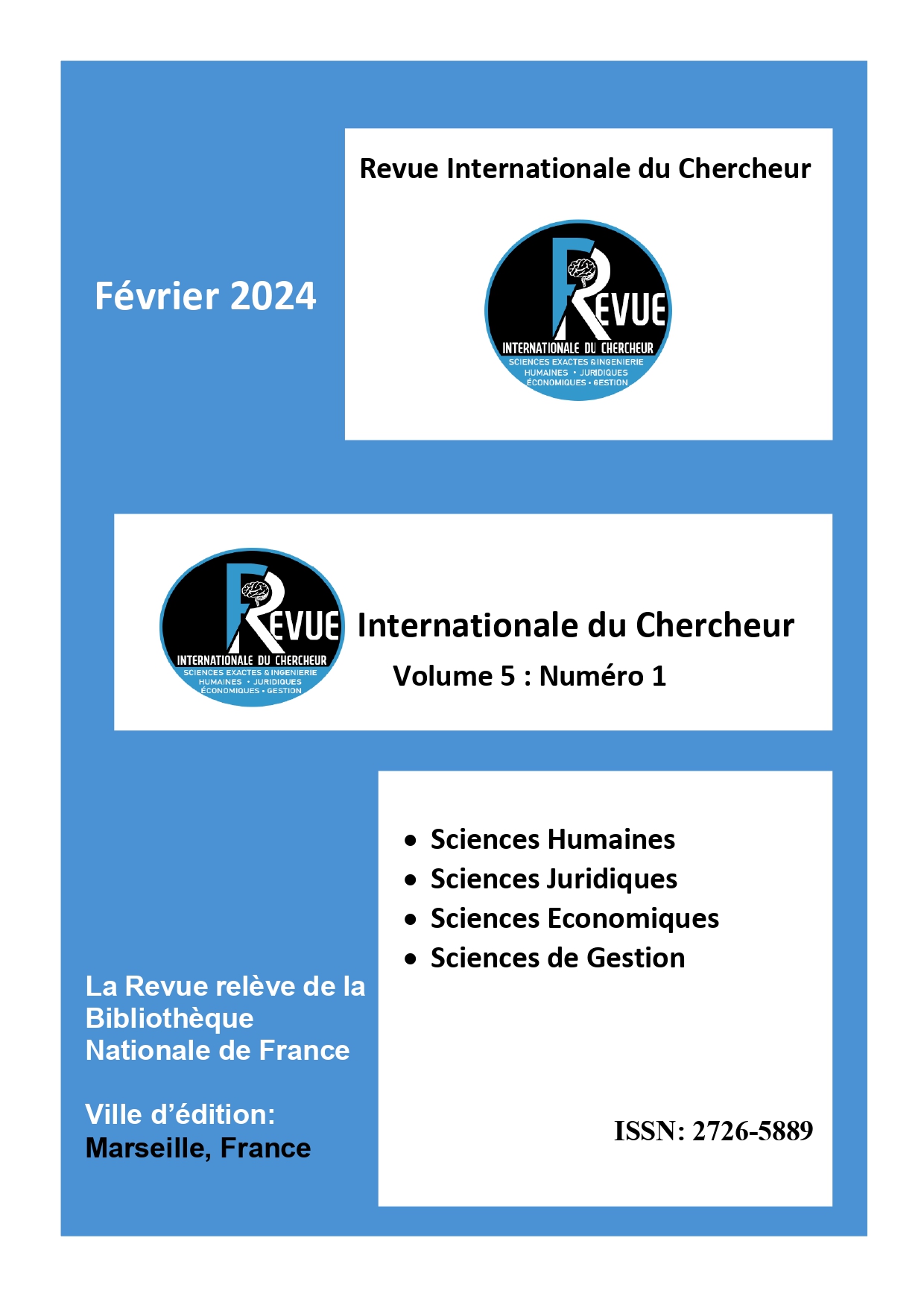Economic Growth: A Literature Review
Palavras-chave:
Economic growth, Exogenous growth, Endogenous growth, Traditional growth theories, New growth theoriesResumo
Economic growth is a fundamental concept in economics that describes the long-term expansion of a country's production of goods and services. Economic progress can be measured using other indicators such as per capita income, employment, or human development indicators. However, she is generally measured by the PIB increase. Consequently, for several centuries, researchers have placed a premium on economic growth. Several authors have developed theories of economic growth over time. Smith, Ricardo, Malthus, Marx, Schumpeter, Keynes, Harrod, Domar, Solow, Romer, Lucas, and Barro are examples. As a result, our post will address the following issue: What are the various economic growth theories?
The goal of this article is to provide a synopsis of the literature on economic growth theories in order to address this issue. Alternatively, through a synthesized literature review. These theories are classified into two types: traditional theories and growth endogenous theories. The first are as follows: classical theories, Schumpeter theories, Keynes theories, post-Keynesian theories, and neoclassical theories. As a result, these new growth theories feature a wide range of growth sources, including human capital and technological innovation, physical capital and public capital.
Downloads
Downloads
Publicado
Como Citar
Edição
Seção
Licença
Copyright (c) 2024 YAHYA FIKRI , Sara Mantouzi , Mohamed RHALMA , Said YOUSSEF

Este trabalho está licenciado sob uma licença Creative Commons Attribution-NonCommercial 4.0 International License.















